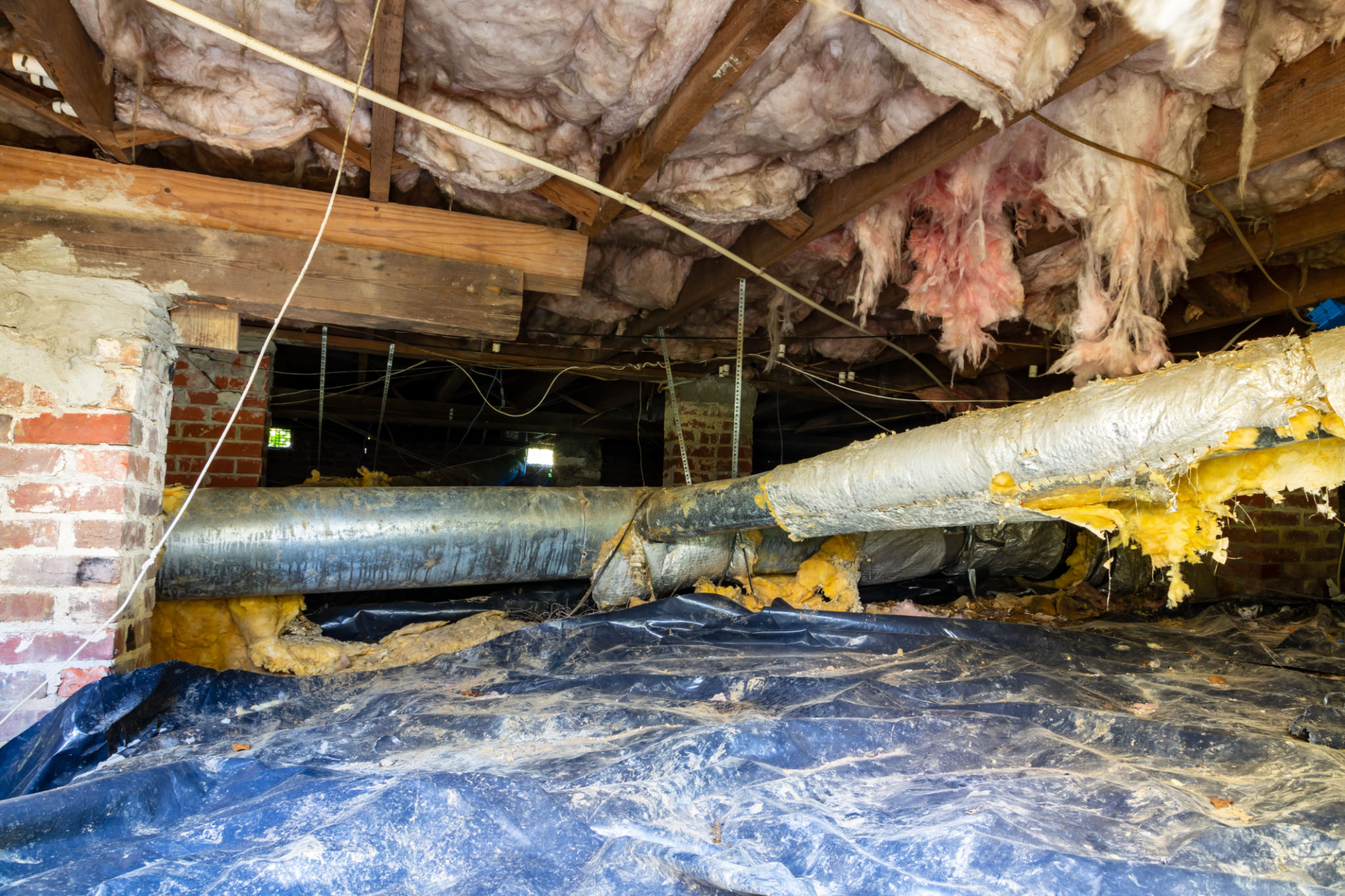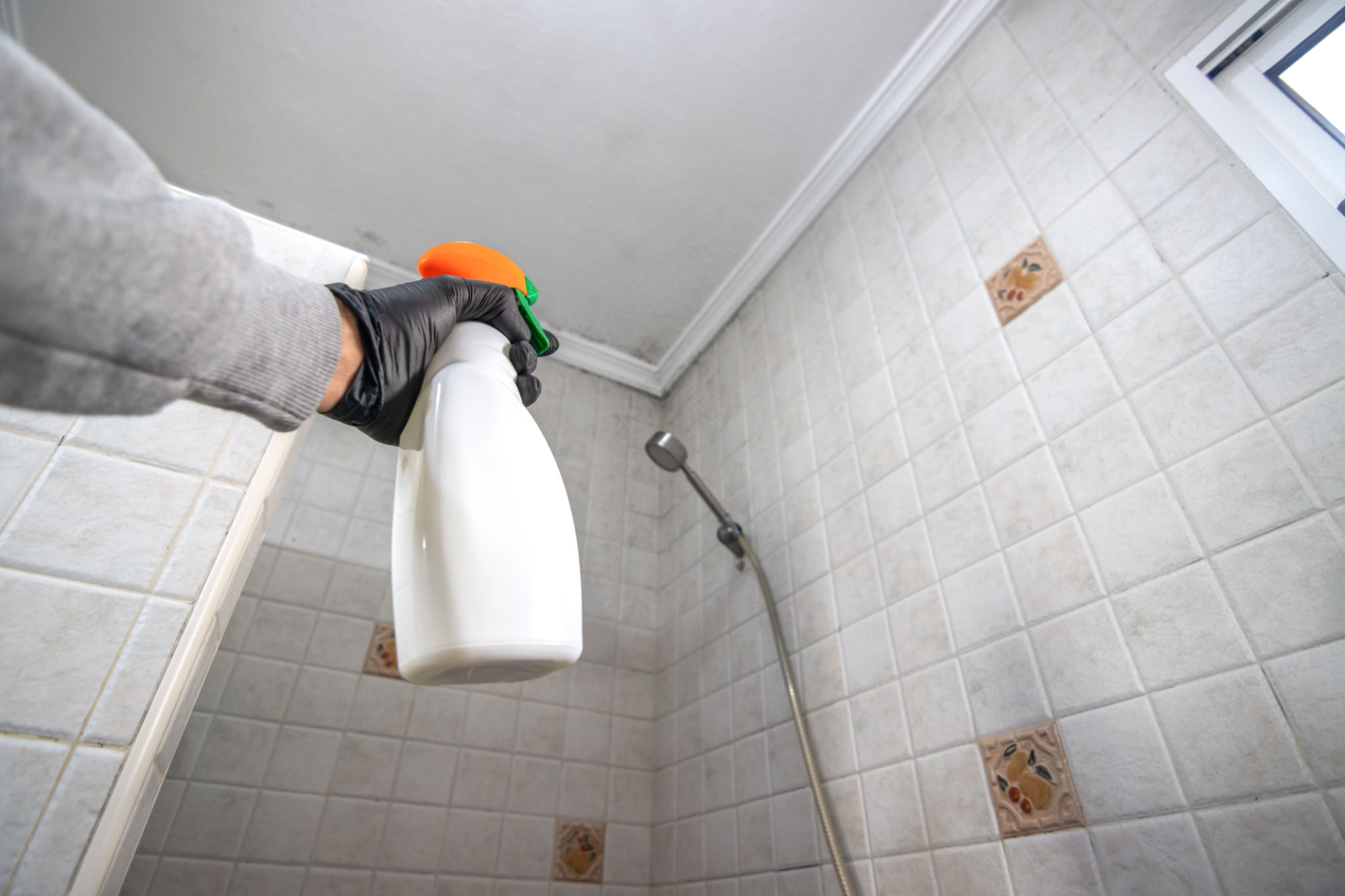Myth-Busting: Common Misconceptions About Crawlspace Ventilation
Understanding Crawlspace Ventilation
Crawlspace ventilation is a topic that often confuses homeowners. There are numerous misconceptions about its necessity and functionality. Understanding the role of crawlspace ventilation is crucial for maintaining a healthy home environment.

Myth 1: Crawlspaces Must Always Be Vented
A common belief is that crawlspaces should always be vented to allow moisture to escape. While it seems logical, venting can sometimes introduce more moisture than it eliminates, especially in humid climates. In such cases, sealing the crawlspace can be more beneficial, helping to maintain a consistent and controlled environment.
Myth 2: Ventilation Prevents Mold and Mildew
While ventilation can help reduce moisture levels, it is not a foolproof solution for preventing mold and mildew. Moisture control is multifaceted and requires more than just opening vents. Effective solutions often include using vapor barriers and dehumidifiers to reduce excess humidity that could lead to mold growth.

Myth 3: All Crawlspaces Are the Same
Another misunderstanding is that all crawlspaces are identical and require the same treatment. In reality, the needs of a crawlspace can vary significantly based on factors like climate, soil type, and house design. It's essential to assess each situation individually to determine the most appropriate ventilation strategy.
The Role of Vapor Barriers
Vapor barriers play a critical role in managing moisture within crawlspaces. They are often a more effective solution than traditional ventilation, especially when paired with proper drainage systems. A well-installed vapor barrier can prevent ground moisture from rising into the crawlspace, reducing the risk of mold and structural damage.

Myth 4: Ventilation Alone Is Enough
Relying solely on ventilation can be insufficient for addressing crawlspace issues. A comprehensive approach that includes sealing, insulation, and moisture control is often necessary. This holistic strategy not only ensures a healthier home but can also lead to energy savings by reducing heating and cooling demands.
The Benefits of Sealed Crawlspaces
Sealed crawlspaces offer numerous benefits over traditionally vented designs. By eliminating vents and incorporating insulation and vapor barriers, sealed crawlspaces can provide improved air quality and energy efficiency. Homeowners often find that this approach results in lower utility bills and a more comfortable living environment.

Conclusion
Understanding the myths surrounding crawlspace ventilation is essential for making informed decisions about home maintenance. While traditional wisdom may suggest venting as a universal solution, modern building science often advocates for a more tailored approach. By considering factors like climate and home design, homeowners can develop effective strategies for managing moisture and maintaining their property's integrity.
